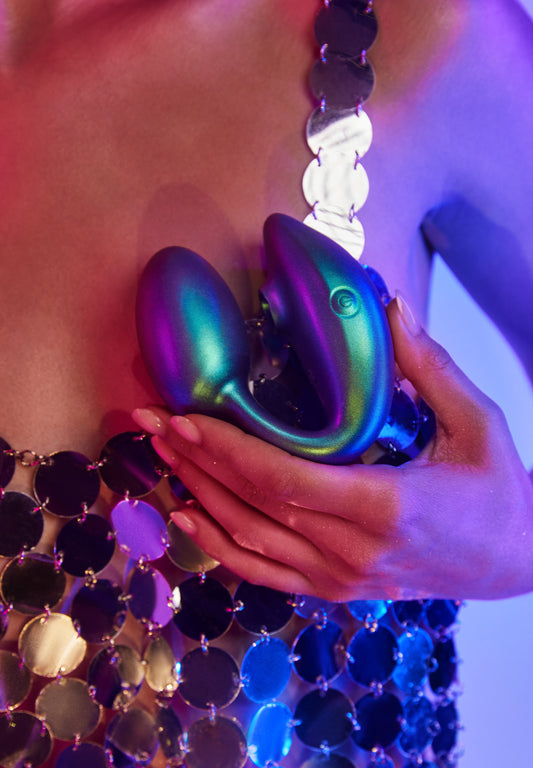History and Discovery of the G-spot
Everyone talks about it, but no one really knows the origin of the G-spot. Historically, it refers to Ernst Gräfenberg, a renowned German gynecologist and researcher whose work on female orgasm led him to precisely locate an erogenous zone within the female vagina: the famous G-spot.
Located inside the vagina, about 3-4 centimeters from its entrance on the anterior wall, the G-spot is made up of a mixture of erectile tissue stimulated during the arousal phase. These tissues activate nerve endings for a truly pleasurable experience: vaginal orgasms are often described as overwhelming and sometimes even cause female ejaculations... the famous "female squirter"!
Gräfenberg was the first to establish the correlation between stimulating this internal vaginal point and orgasm. According to a relatively popular hypothesis, the G-spot is more sensitive to stimulation because of its direct contact with the internal part of the clitoris. Therefore, separating the clitoral orgasm from the vaginal orgasm is partially incorrect, as both often occur together! However, while the pleasure from clitoral stimulation is faster to achieve than vaginal stimulation, it is also shorter and less intense.














